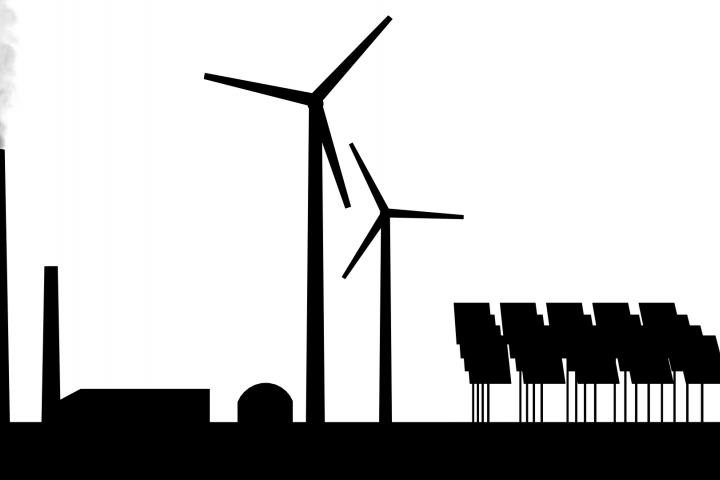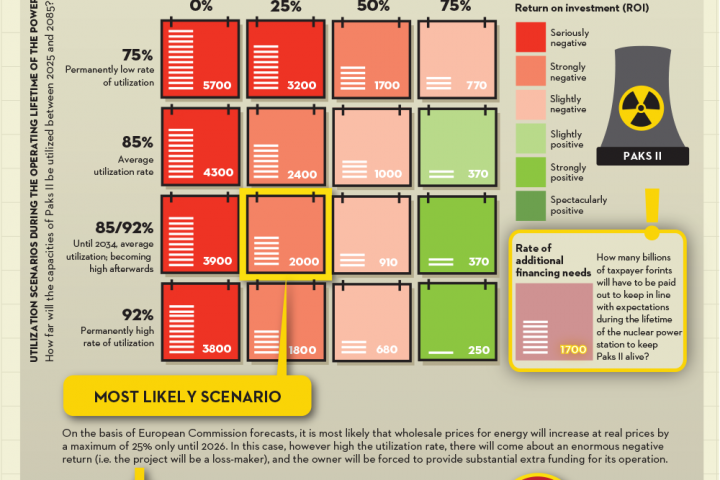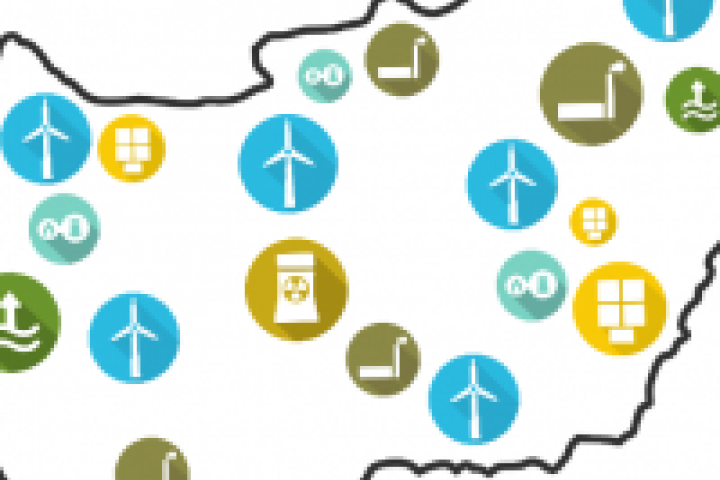Alpha, beta, gamma? Yes
Between the 14 and 17 November together with activists from Pécs we went on a study trip. Young and middle aged people, students, journalists and researchers have joined Energiaklub, from different places but with a common purpose. In the past few years it become clear that Pécs and its’ surroundings are drifting to the edge from the nuclear investment point of you. Three nuclear investments are under planning nowadays in Hungary, one of them in 100 km distance from Pécs (Paks II power plant) but two just right next to Pécs in its’ close neighborhood. (Uranium mine opening at the Mecsek hills and a high level radioactive waste disposal in Boda’s surrounding’s.) Together with the activists we have decided that it is time to act. This is why we started off to Germany in so to get familiar with the local examples and with this experience to start the anti-nuclear movement in Hungary.
It wasn’t accidental that we picked the activists from Pécs. Locals are fighting for the nuclear-free world for ages now, fight against the planned Boda radioactive waste disposal and the re-opening of the uranium mine. This year another previously active, but for many years inactive organization, Zöfi, has been re-established. With the members of this organization we started the building of the anti-nuclear resistance in the region. But for this just enthusiasm is not enough so Energiaklub is helping them with presentations and improved their background knowledge with this study trip.
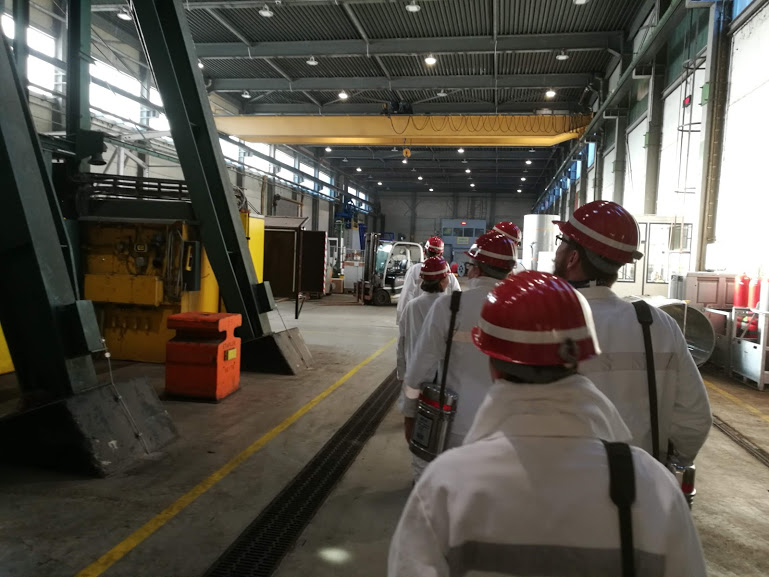
Beside the members of Zöfi, journalists, university students, an interior designer, a biologist and a social worker have joined our German trip. Not in vain. Against common thinking nuclear energy is not just a field of physicists. All of us are affected by the destruction of nature that are followed by nuclear energy and none of us can hide from its’ consequences. So people with different backgrounds, different interests have gathered with us so we had the chance to get to know some new aspects of the anti-nuclear thinking. Nuclear trapped. This has become our group name because we are trapped in the nuclear energy. And as the German trip has proved we are not alone in this trap. Everywhere in the world people are fighting for the clear Earth.
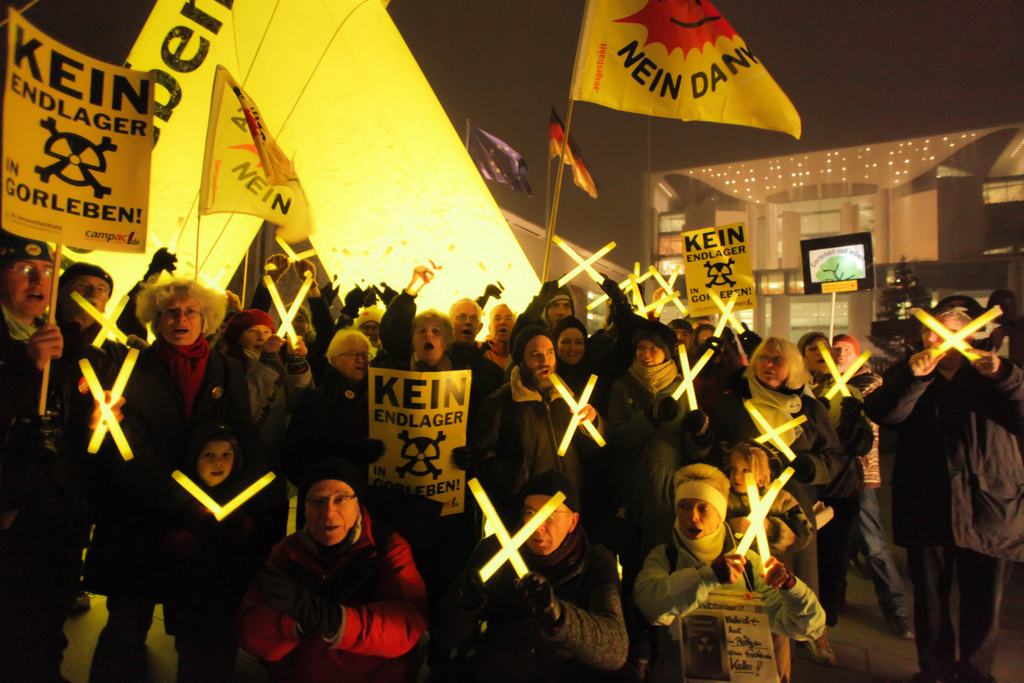
Our first stop was in Gorleben, Germany. Although this lower-Saxon town has only approx. 600 residents it became world famous. The German anti-nuclear movement has started from here in the 1970s and it is still the crib of the resistance. Not in vain. Locals prevented the authorities from building a radioactive waste disposal with close cooperation, clever tricks and tactics. The movement had and still has many important actors who were not only exceled in the resistance but also had an impact on the structure of the society. In the mainly Christian- democratic province there were no previous signs that such resistance could be born here. No one could imagine that young people from Berlin and Hamburg will one day want to move here to act against nuclear energy. Locals would have never thought that one day they will proudly decorate their houses with the letter ‘X’ and from their beers to their salt products will be popular because of the resistance. They would have never believed in the 1970s that the earl of the town together with the church will join the farmers and the hippies and fight for one aim. But the planned radioactive waste disposal has changed everything, even what they believed in. Nowadays the situation is different they say that their goal is to live ‘for’ something and not ‘against’ but this wasn’t always the case.
According to the original plan the German Government has chosen Earl Bernstorff’s salt mine the location for building a radioactive waste disposal. At first the Earl’s decision to stop the investment wasn’t because of his anti-nuclear mindset but because of the book he inherited from his ancestors: it said that his task is to keep the family estate in such condition for the future generations as he inherited. Thus he didn’t want to discard from neither the estate nor the rights of the salt mine. In order to prevent the aspirations of the Government he established a salt company (from its’ stocks they could later finance the legal cases against the state) and started salt producing. Meanwhile more and more people joined the Earl and started the resistance. The local farmers for instance marched to Hannover in 1979 with tractors to raise the awareness to their situation. The Earl’s wife has chosen a different path. As a woman, mother and Christian she found it important that her church, the Lutherans are also dealing with the planned nuclear waste disposal. And although at first she bumped into walls finally the entire Lutheran church stood beside the anti-nuclear movement.
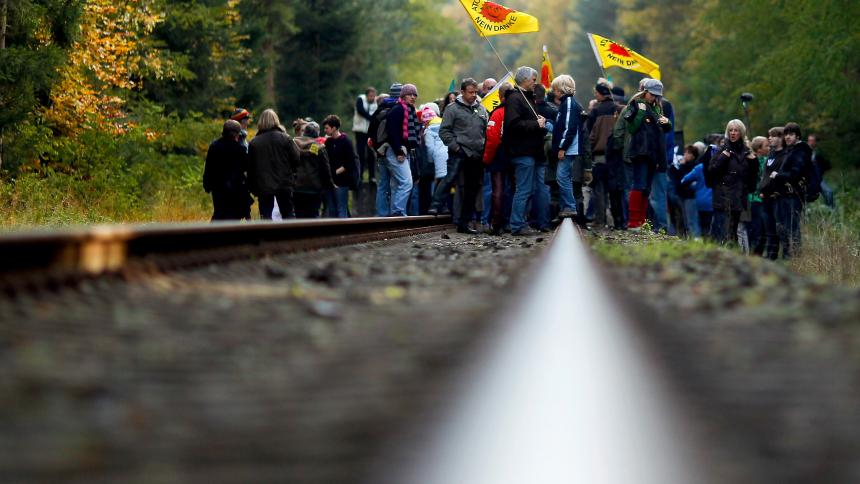
Locals felt more and more that only political reasons can describe why the Government wants to build the disposal in their town since they could not give any scientific proofs. Gorleben was located close to the Eastern-German border, few people lived there in so from a political point of view the selection of the location seemed easy. With this only a few opposition would have had to be silenced in the Wester-German side since people from the Eastern-German side would not had any say. While this situation has changed in the 1990s the political pressure was still enormous on the people of Gorleben. During the Environmental Ministry period of Angela Merkel (in the early 1990s) with the Lex Bernstorff bill the Government wanted to make sure that they can take away the land of the Earl if he doesn’t give it to them voluntarily. However the bill was declared unconstitutional so the Earl and his family could keep their land. The production of the salt also started to operate because the German Government wanted to submit the bill of the nuclear waste disposal not under the Nuclear Law but under the Mine Law because then the acceptance of it would have had been easier. If the locals would have not started to salt producing the Government could have succeeded. But according to the laws the Earl has stopped the Government from using the salt mine for different reasons. The law still protects the mine and guarantees that it stays in its’ original state.
Nevertheless the people of Gorleben are still not totally relaxed. The resistance didn’t stop it just changed. Governments come and go but the plans are remaining. And finally at the border of Gorleben a radioactive waste disposal was built. Although the salt mine is still in a safe position the dangers of nuclear energy reminds the locals every day that their attention cannot fall. For example 10 years ago nuclear waste was transported to the local disposal on train through the local forest. But the forest belongs to the Earl…whom then invited the locals for a picnic at that area. People from the countryside, from the cities came to the call as well as international NGOs. The participants obstructed the passing of the train by cutting down a pine tree and as the Earl told us smiling they “cut down the bole in the wrong way and then it just fell into the trails.”
It was also a symbolic scene when one day under the cover of the night (and with the Earl’s permit) Greenpeace has left their discarded ship ‘Beluga’ opposite of the radioactive waste disposal. Ever since then this place is one of the most visited venue in the Lower-Saxon region despite that allegedly the workers of the facility are complaining about seeing it on their way to work. At this location Lutherans gather together every Sunday for 40 years now to pray and to never forget why they are fighting for.

Our trip’s second stop was at Salzgitter. At this part of the province building of a radioactive waste disposal was also planned and a strong movement has also formed against the investment. Nevertheless here because of the intense industrialization not the church stood by the anti-nuclear activists but the labor unions of the factories. Their protest wasn’t without a reason: one of the radioactive waste disposals of the region is only 20 kilometers far from them, in Remlingen, in the Asse salt mine. As the first Hungarian visitor group we had a chance to learn about the mysteries of the mine.
Salt, just like the Boda clay, seemed as a scientifically established rock for storing radioactive waste. But the even a short period (few decades) was enough to prove that there is no barrier for radioactive contamination. The 126 thousand, low-and intermediate level radioactive waste containers started leaking in 1988, polluted the soil and drinking water base in the area. Such human mistakes were made in the mine that should never happen. Already in the 1960s, the first mine collapse occurred. As the local employee of the mine (by the way state employee) told is the designers of the facility were not taking account of one thing: the judgement of the people who knew the mine better. If they would have asked the small group of protesters who were waiting for them at the entrance every day, or the miners whom they have met day by day, anyone could have told them. If you mine one part of the pit, you have to complement it otherwise it will collapse. But without this information the researchers were greatly surprised by the collapse of one of the mine-shafts. But in these times when researchers were dreaming about unfailing energy, little attention was paid on the radioactive waste produced by the nuclear industry. Thus could occur that radioactive waste barrels were piled with grabbers as there were no tomorrow. Even today there are containers in the mine that are impossible to identify what level of radioactivity they contain (the sign on them says: alpha, beta, gamma-yes. Like this would be that simple.)
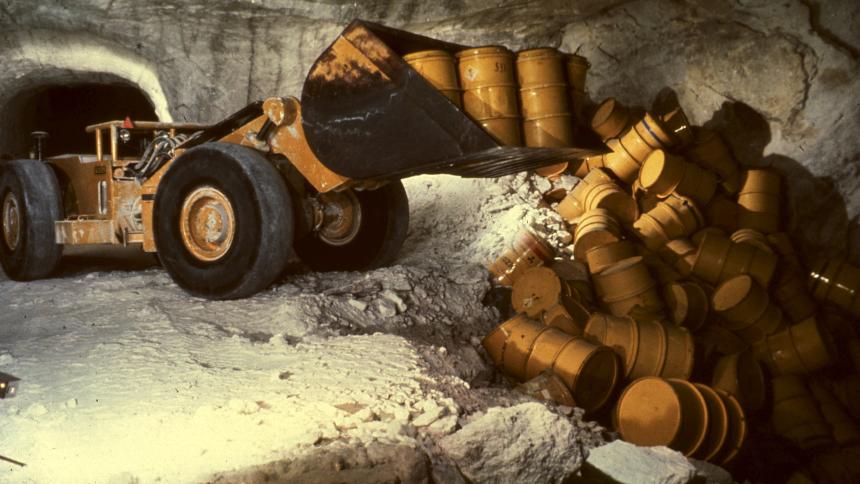
The mine is now in liquidation. In the original 900 meter depth there is no longer working activity, the deepest point now is 750 meter where we were visiting. From here they try to save what can be saved and untiringly dredge the radioactive waste to the surface. We were in halls where radioactive water is leaking continuously. The store the water in a basin and examine it but this doesn’t change the situation. According to our tour guide they have now reached the last minute. Every day they wake up they wonder whether the mine-shaft has collapsed where they worked the day before. And whether they won’t be able to bring all the radioactive waste to the surface anymore.
As leaving the mine we were examined if our body got contaminated (luckily it didn’t) but our soul left the mine pretty “polluted”. Although the miners are aware of the dangers of the disposal, the series of misguided decisions and the state employees can talk about their mistakes very critically we cannot rest. If even in the always precise Germany such disasters can happen, what will happen in Hungary, when the Boda facility will be built?
Our joint trip with the people from Pécs was a success. We are writing about it and have discussions about the building of the anti-nuclear resistance. With the good examples ahead us we know that we should not ease down. In terms of the active resistance we have started our petition against the uranium mine opening at the Mecsek hill’s nature reserve. You can join it here and become a part of the new movement:
https://www.petitions.net/mecsek_hills_are_in_danger_stop_uranium_mining
More readings (only in Hungarian) by the study trip participants:
The study trip was funded by Open Society Foundations and Bewegunsstiftung.
